The Central Highlands connects the South Central provinces through a horizontal transport system, forming a trapezoidal structure consisting of many potential economic corridors. In particular, National Highway 19 plays a particularly important role, not only as a vital trade route but also known as an east-west heritage axis.
National Highway 19 starts at Quy Nhon Port - Quy Nhon City - Binh Dinh Province (old), ends at Le Thanh International Border Gate, Gia Lai Province, the entire route is 239 km long. In the middle area of An Khe Town, Gia Lai Province (old), there is the Tay Son Thuong Dao complex ranked as a Special National Monument, including 9 points with a total area of over 71.66 hectares. Most recently, the Roc Tung - Go Da Special National Monument was discovered in 2014. Archaeologists believe that the An Khe Old Stone Industry has also changed the perception of the history of the land and the lives of our ancestors, who have long believed that the early Stone Age people only crafted stone tools when extremely necessary, and the tools they made were all multi-purpose. With the discovery of the An Khe Old Stone Monument, we have more basis to extend the history of Vietnam forward. And so, the upper Ba River (Gia Lai) was marked on the world map, as one of the places that preserves the cultural vestiges of human ancestors - Homo erectus.
Through the Han Nom document system that continues to be opened, in the Central Highlands, the ancient land of An Khe is one of the earliest areas recorded to have the exchange between people from the lowlands and the highlands. According to scientists , the research process of this special relic shows evidence of the process of migration, settlement, history of land reclamation, trade, village establishment, worship of gods associated with the rich system of temples in the highlands.
Following National Highway 19 down An Khe Pass, about 50 km from Tay Son Thuong Dao, is the special national relic of the Tay Son Tam Kiet Temple. The original relic includes: Tay Son Tam Kiet Temple, Truong Trau Wharf, Quang Trung Museum and other cultural works.
Tay Son Palace was rebuilt on the foundation of Kien My communal house. In front of the palace is a large gate with brick pillars, on the two main gate pillars there are parallel sentences in Chinese characters. Above the gate is a relief plaque with three words: Tay Son Palace. Inside the gate is a stele house recording the achievements of Emperor Quang Trung - Nguyen Hue in Vietnamese. Behind the stele house is the lobby connecting to the center of the main palace.
Truong Trau Wharf is a large betel trading wharf on the banks of the ancient Con River, in Trau hamlet, Kien My village, about 200 meters from the Tay Son Tam Kiet temple. Truong Trau Wharf, with its trade exchanges, had a great influence on the uprising of the three Tay Son brothers, especially Nguyen Nhac. Nguyen Nhac often traveled back and forth to the Tay Son upper region, had close relations with ethnic minorities in the Central Highlands, and traded with markets, wharves, and towns in the delta. Quang Trung Museum displays 11,605 documents and artifacts related to the Tay Son movement. In front of the Museum is a majestic bronze statue of Emperor Quang Trung.
Within about 50 km of National Highway 19, the system of relics is spread out and diverse, the heritage axis is an opportunity for the tourism industry of Gia Lai province after the merger to shape new products. Another advantage is that by the end of 2024, National Highway 19 will complete investment, upgrading, and expansion to help facilitate traffic, shortening travel time between the center of Gia Lai province (old) and the administrative center of the new Gia Lai province located in Quy Nhon city (old).
Source: https://baolamdong.vn/truc-di-san-doc-dao-dac-sac-381966.html



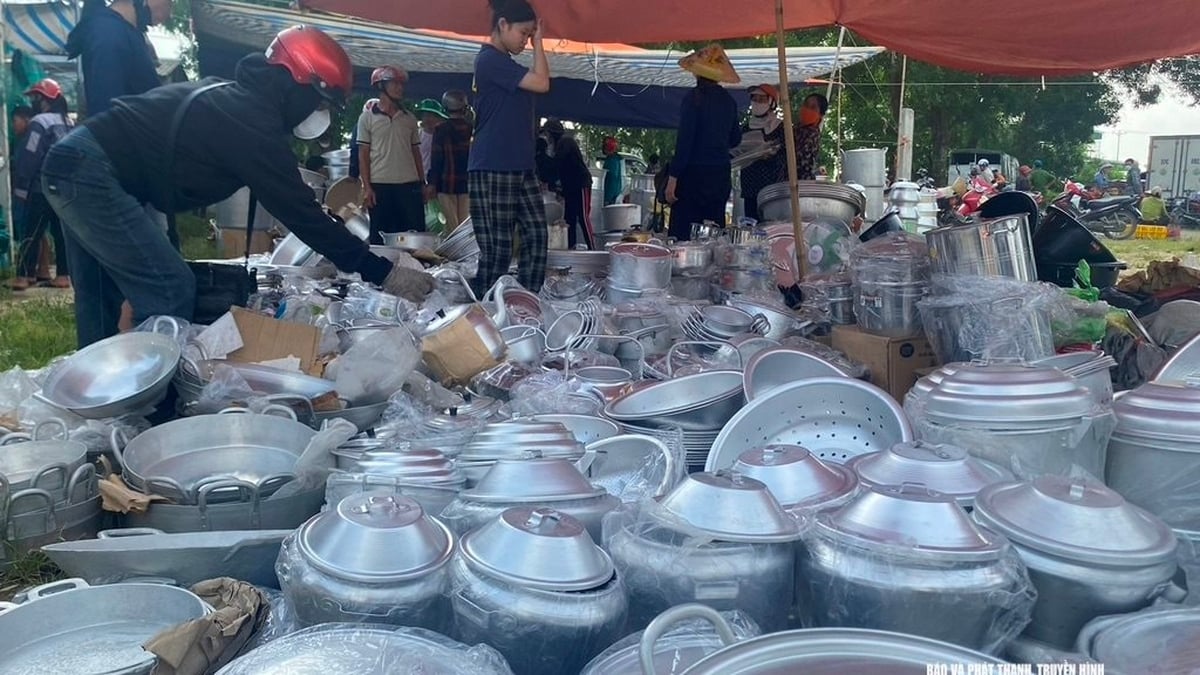
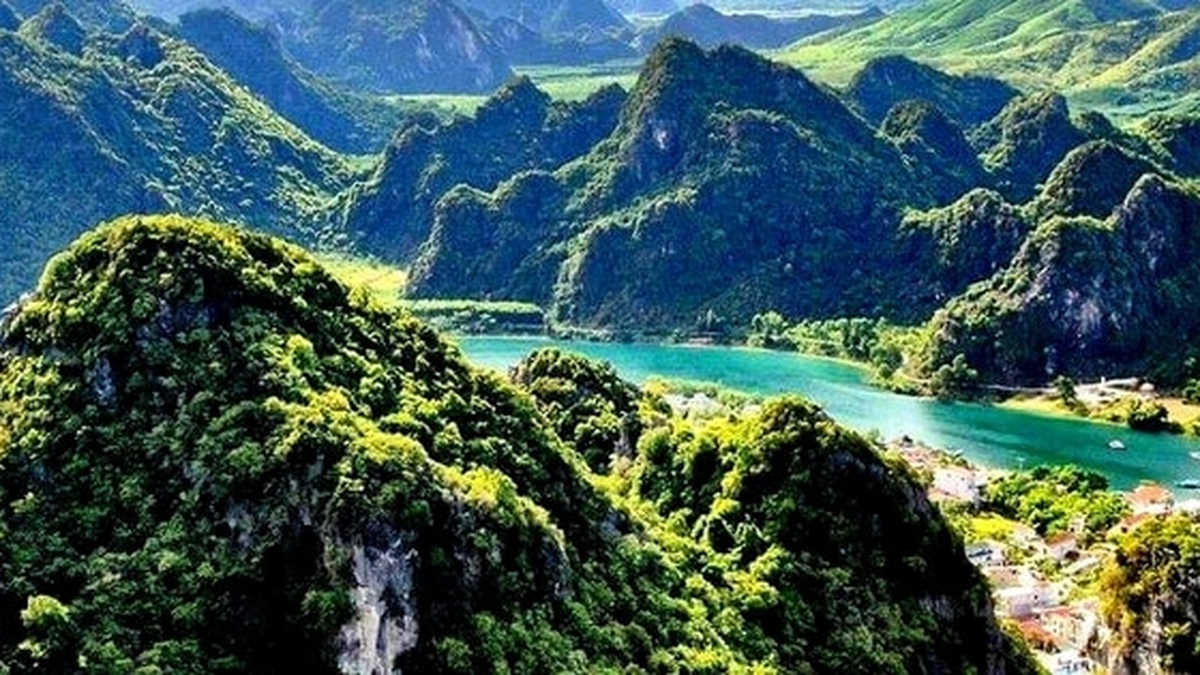
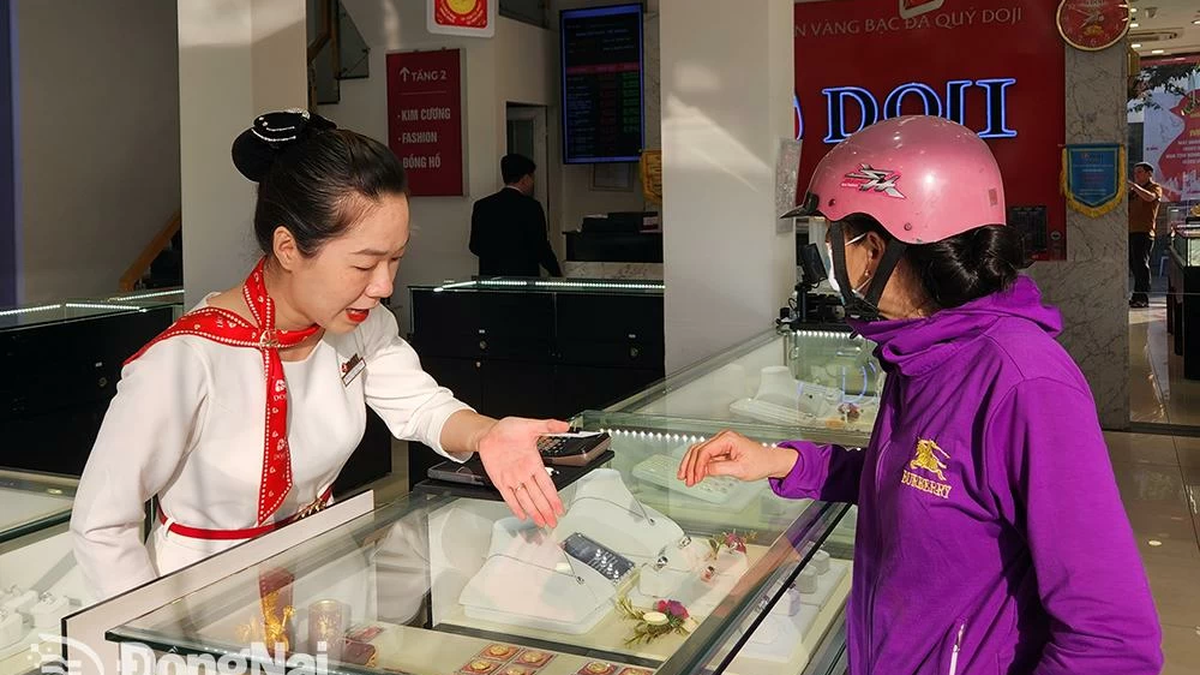


![[Infographic] Key tasks of the tourism industry in the last 6 months of 2025](https://vphoto.vietnam.vn/thumb/1200x675/vietnam/resource/IMAGE/2025/7/13/b88287195e194b449e95457db170a92b)


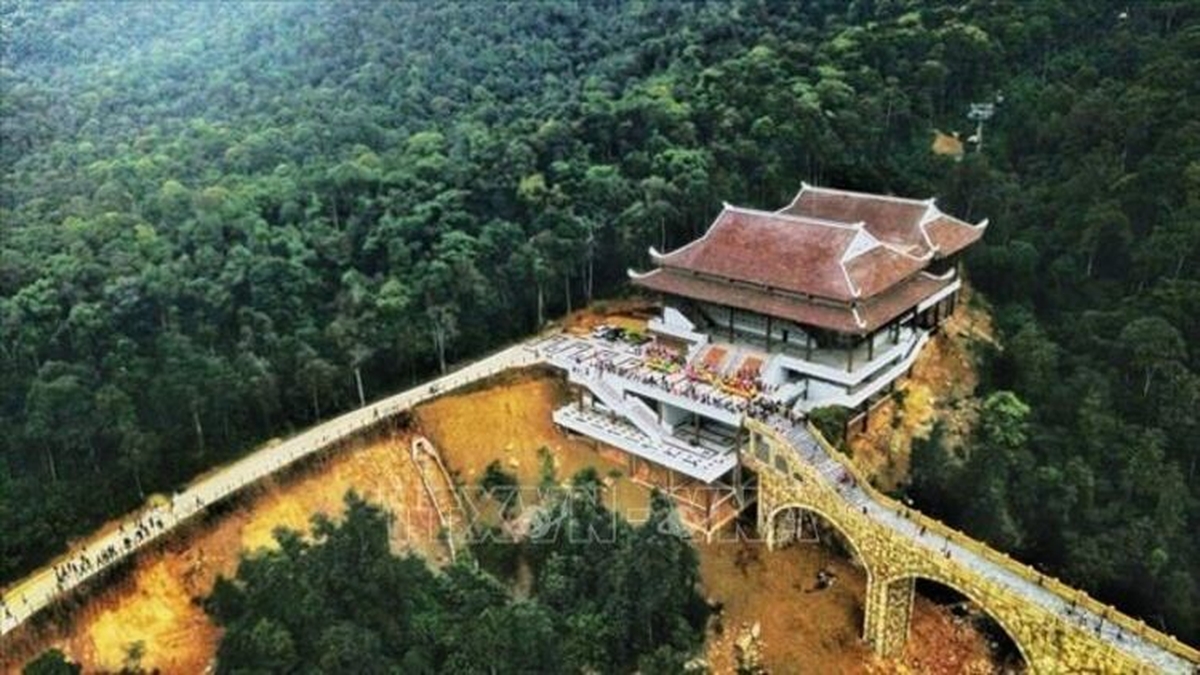










































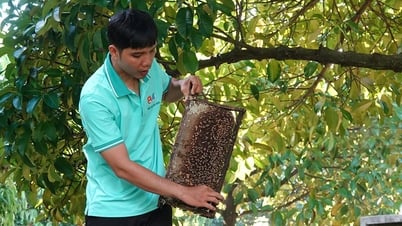














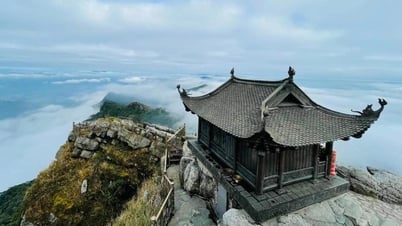
































Comment (0)